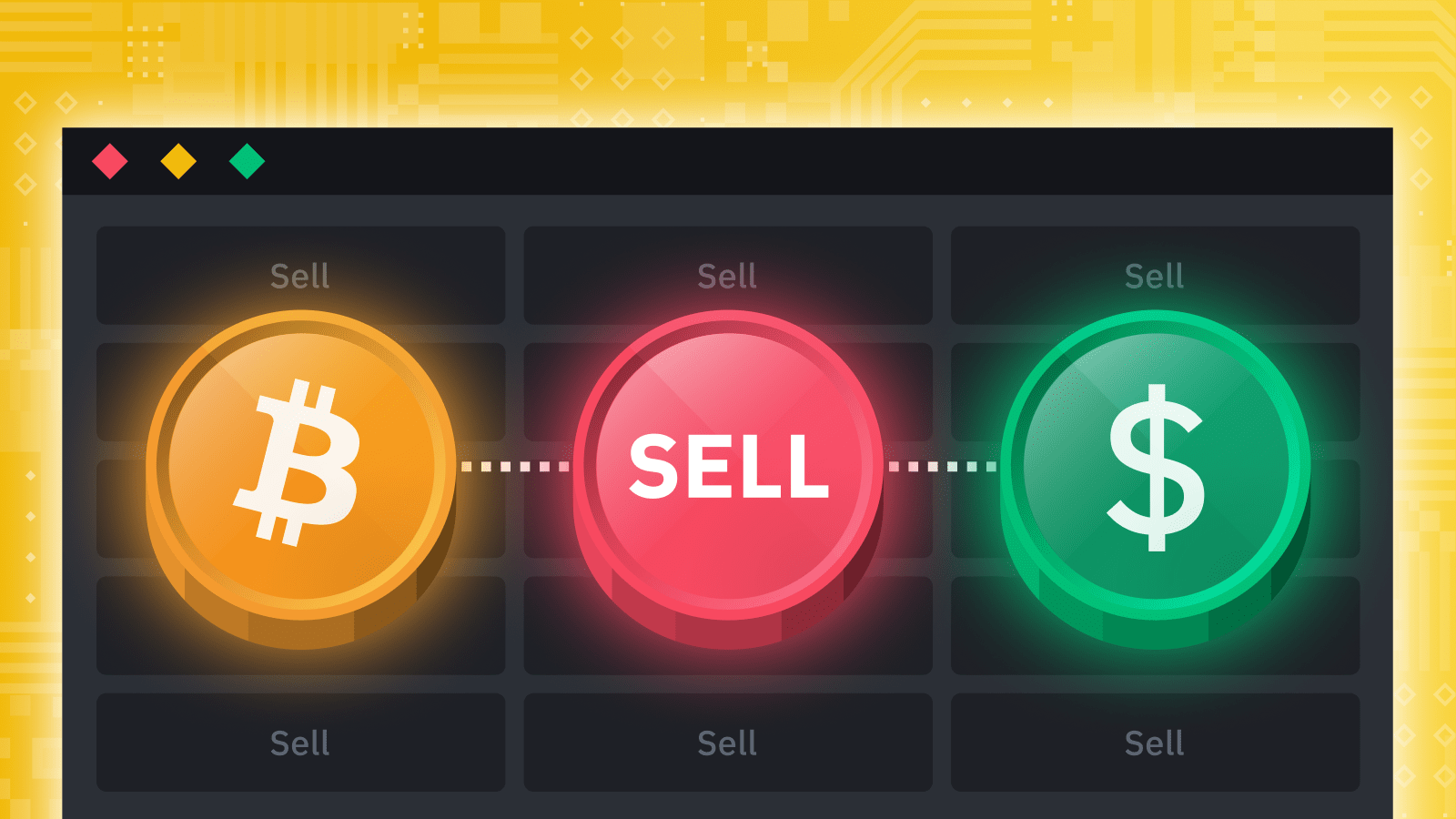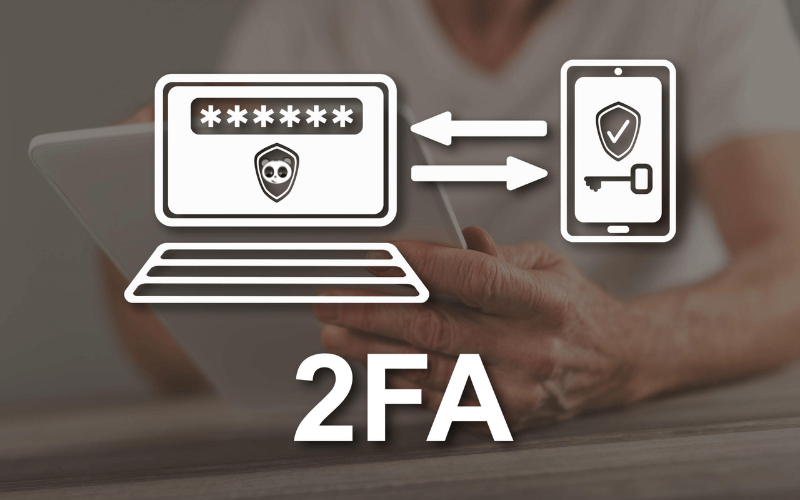About 70% of tokens are held as margins and will be issued starting at the end of the year. On Tuesday, cryptocurrency exchange Binance said it had completed the first phase of the new Terra Luna Token (LUNA) airdrop for holders Terra Luna Classic (LUNC), TerraUSD (USTC) and AnchorUST (aUST). (*Airdrop cryptocurrency is a marketing strategy adopted by cryptocurrency startups to promote their new projects and tokens. It involves the free distribution of their original cryptocurrency to current or potential users).  14:59:37, May 7, 2022 (UTC), a photo taken before the luna classic holders attack (LUNC) when the Terra Classic blockchain officially stopped at block height 7,544,910 and the number reached 7,790,000 shortly after the attack occurred, at 16:38:08 on May 26 (UTC). As told to Binance, users received the new LUNA Token based on the compensation plan outlined by Terra developers:
14:59:37, May 7, 2022 (UTC), a photo taken before the luna classic holders attack (LUNC) when the Terra Classic blockchain officially stopped at block height 7,544,910 and the number reached 7,790,000 shortly after the attack occurred, at 16:38:08 on May 26 (UTC). As told to Binance, users received the new LUNA Token based on the compensation plan outlined by Terra developers:
- Pre-Attack 1 aUST = 0.01827712143 LUNA
- Pre-Attack 1 LUNC = 1.034735071 LUNA
- Pre-Attack 1 USTC = 0.02354800084 LUNA
- Pre-Attack 1 LUNC = 0.000015307927 LUNA
At the time before the attack, an aUST was worth $1.24 while a LUNC was worth about $75. At the time after the attack, a USTC and a LUNC were valued at $0.0632 and $0.0001434, respectively. At the time of launch, each LUNA Token was worth $9.25. About 30% of LUNA tokens were immediately allocated to eligible users before the attack, while the remaining 70% will be allocated monthly according to the test schedule starting later this year, in line with Terra’s plans. In addition, users who staked their USTC via Binance Staking before the attack were also eligible to participate in the airdrop. As it turns out, the user’s USTC assets are placed in the transaction, with aUST being the profitable token. Binance launched USTC Staking just a month ago and ended the program shortly after the Terra Luna Classic ecosystem collapsed. Despite the successful airdrop on Binance, it seems that token distribution has not gone as smoothly as expected for cryptocurrency enthusiasts when it comes to keeping Terra assets in self-monitoring wallets. Terra developers said some users have received less LUNA than expected from the airdrop and are actively looking for solutions. On the same day, a LUNC valuation error appeared to have caused a mining run that was likely to deplete the Mirror protocol, which was built on Terra, of all its funds.
>>>In addition: Former Binance executives launch $100 million Venture Fund.

















